Regarding Metal Sailboat Performance

For Sailors and Boat Builders interest in Steel and Aluminum construction there a three questions that I have rarely seen answered in articles and the forums.
- How does weight effect the speed of a displacement Sailboat?
- Can a Double hard Chine designed sailboat be converted to a True Round Hull?
- Which type of displacement sailboat is faster, a Hard Chine Hull or a True Round Hull?
Question One:
To determine the effects of weight on a Displacement I designed two version of ’Lighting Strike’. She is a classic sleek styled Day-Sailor. Her 35-foot overall length makes her a viable choice to be built in steel.


She is not quite the design that one might expect for steel construction because in the ‘Minds Eye’ of a vast majority of Sailors see steel as a heavy construction material and simply does not compute in their minds that this design does not fit their vision as a classic, sleek, racing day-sailor.
She sits low to the water, technically has only sitting head room which is typical for a sleek day-sailor of any size. She does however incorporate a unique companionway hatch design that allows standing head-room in way of the galley and head.
‘Lighting Strike’ has a shoal keel, just my preference, as I wanted a boat that tracked well over a deep fin keel that would demand a bit more attention to the helm.
The above characteristics are exactly the reason why I chose this type of hull to illustrate that steel as a construction is not limited to offshore displacement sailboats.
However, if ‘Lighting Strike’ was constructed of aluminum, the ‘Minds Eye’ of most Sailors would find this construction material acceptable for this classic, sleek, racing day-sailor since aluminum construction is considered a premier construction material equal in weight to a fiberglass constructed hull.
The steel and aluminum versions, of ‘Lighting Strike’will have the same hull form, sailplan, interior layout, Engine, tankage, Rig, ballast and so forth. The only difference is that the steel version, being heavier than the aluminum version, would have a deeper draft than the aluminum version.
As previously stated, since aluminum and fiberglass constructed hull weight is approximately the same these results could be viewed as the differences in performance between a steel and fiberglass hull.
In may book 'Regarding metal Sailboat Preformance' I documented the result of Aero-Hydro velocity prediction software. The results are in ‘Seconds per Nautical mile’ for both the steel and aluminum versions of ‘Lighting Strike’. These results will give a good indication of how Displacement affects the performance of a steel hull! I believe you may be surprised at the results!
Question Two:
'Bezier Design and Construction' makes easy work of converting a Double Hard Chine to a True Round design. In my book 'Regarding Metal Hull Performance' you can read about the process of converting a Double Hard Chine hull that I designed years ago while a student at the 'Westlawn Institute of Marine Technology' into a True Round Design.
After reviewing the follow pictures of the conversion I think you will agree that the answer to Question Two is Yes!
The Hard Chine Design is shown below. The images of the results of the conversion follow.



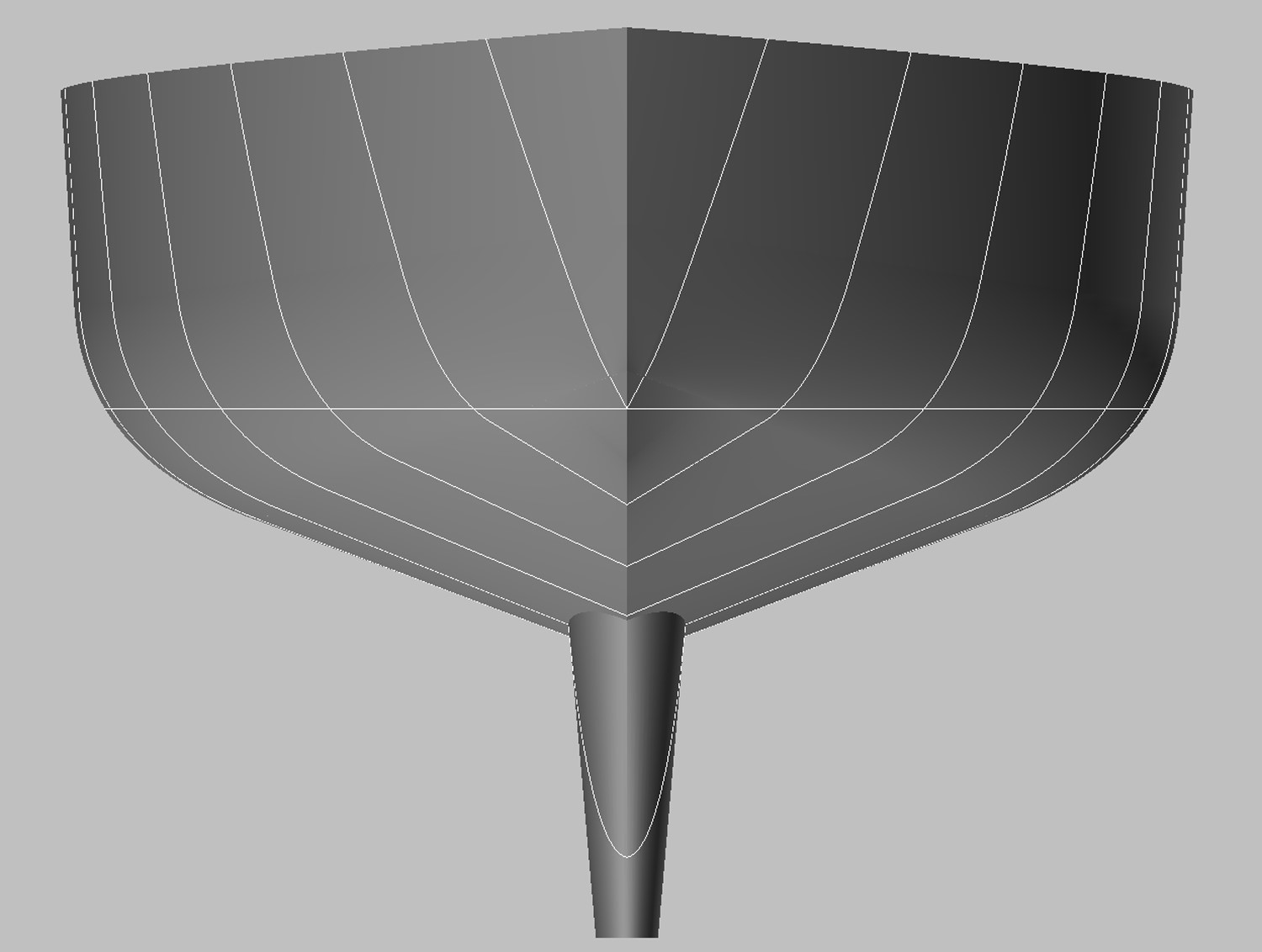
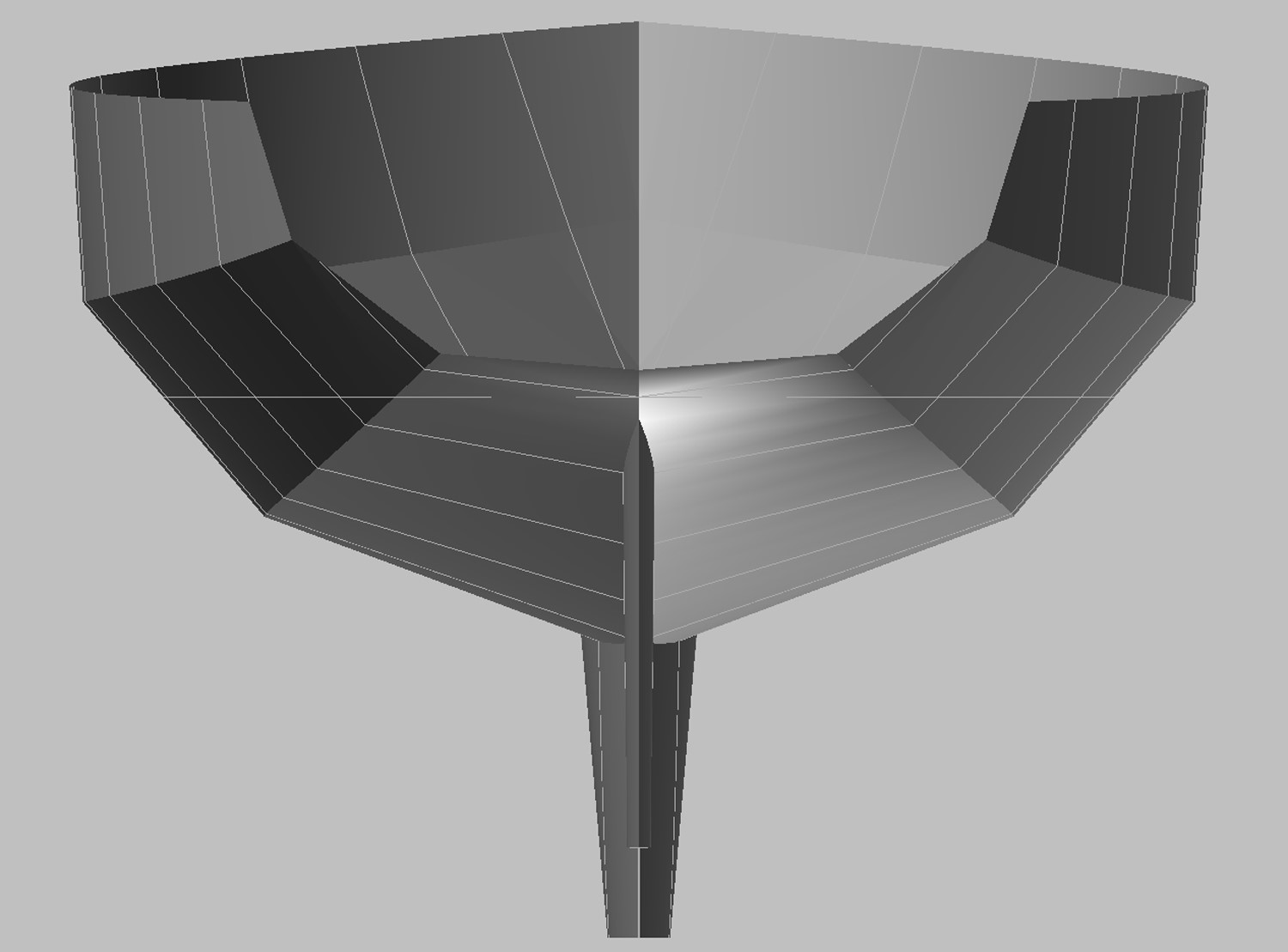
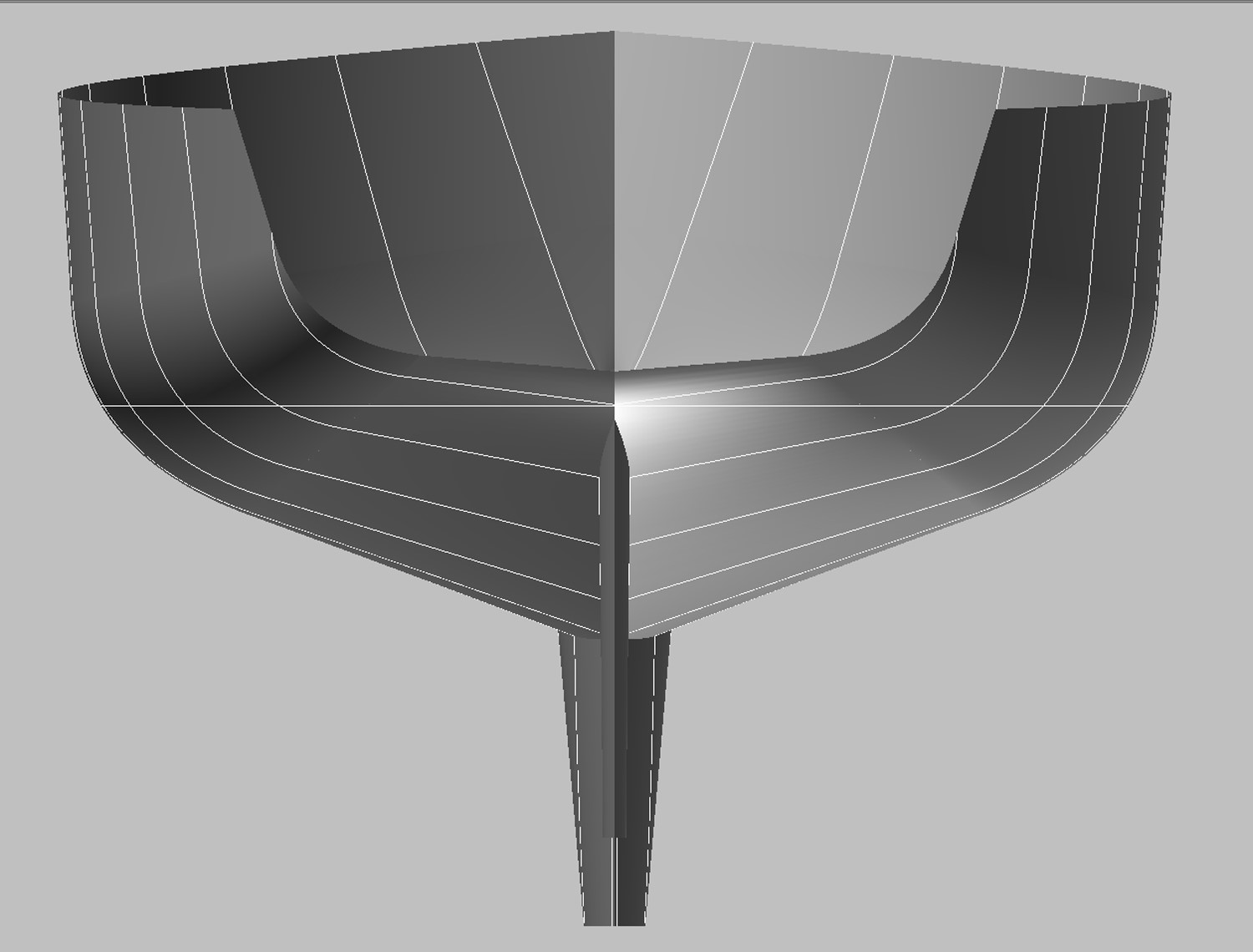
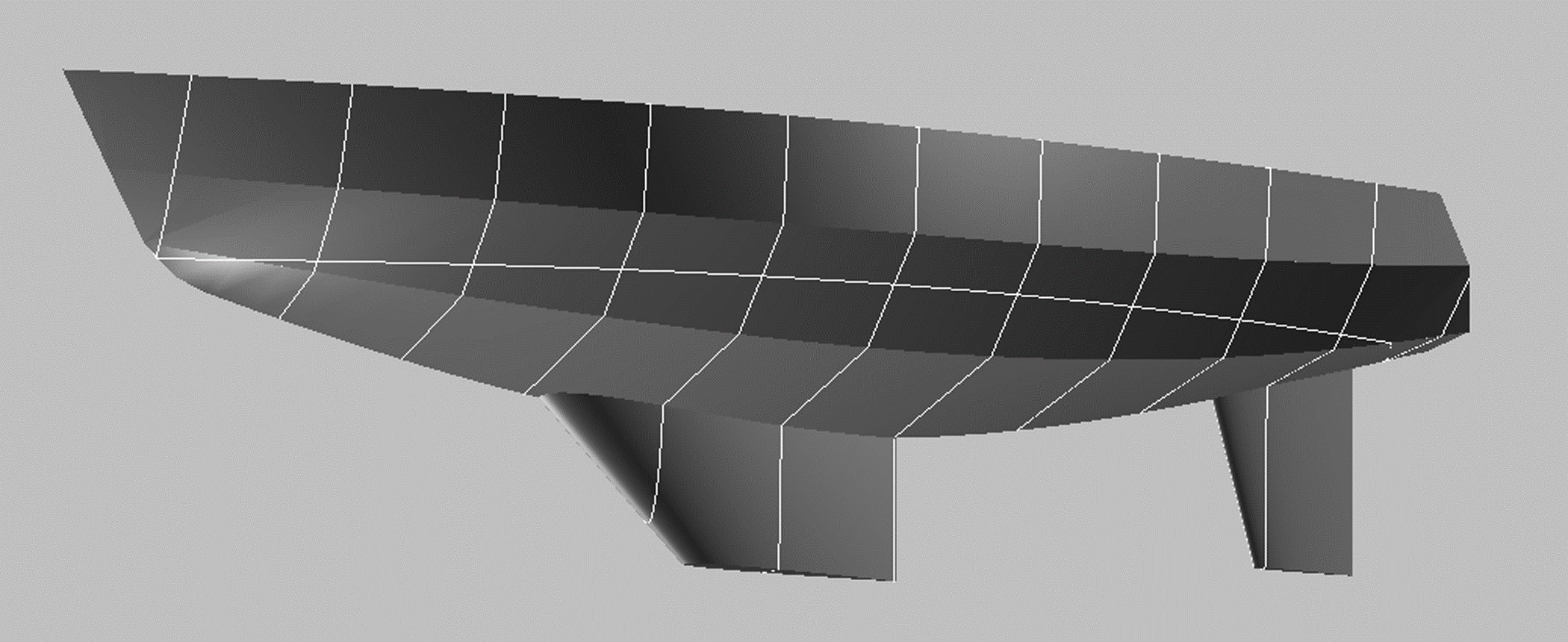
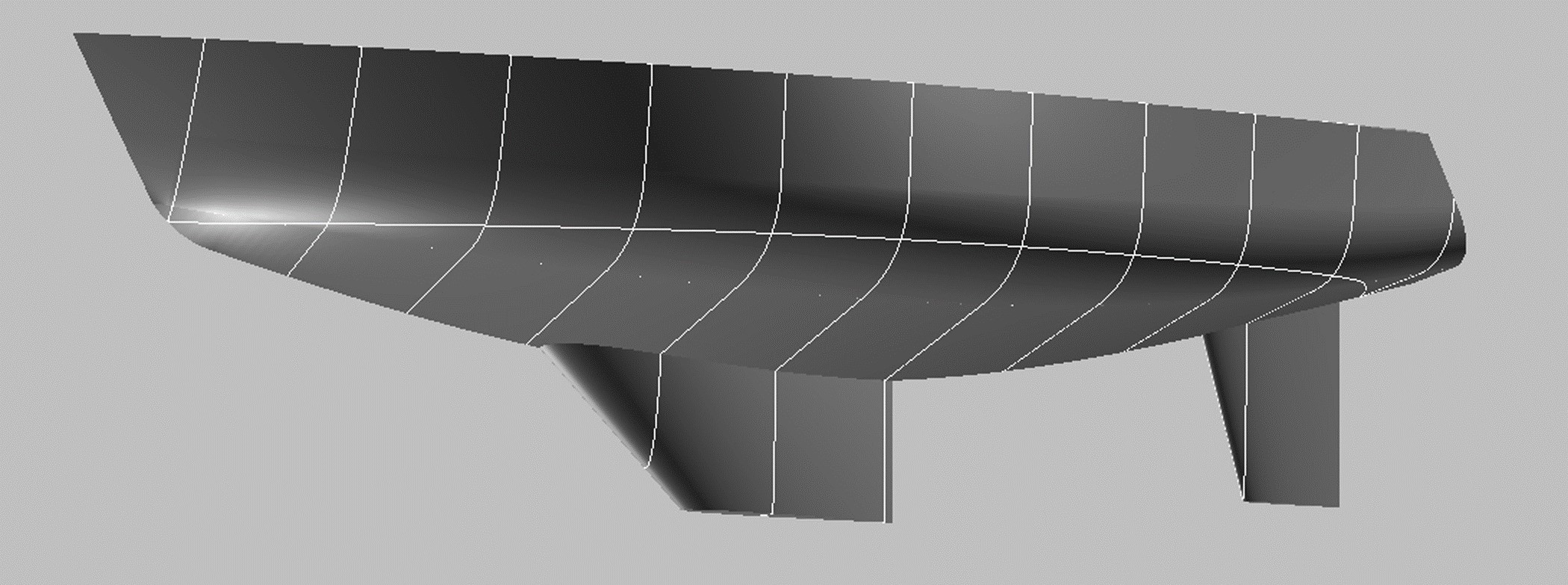
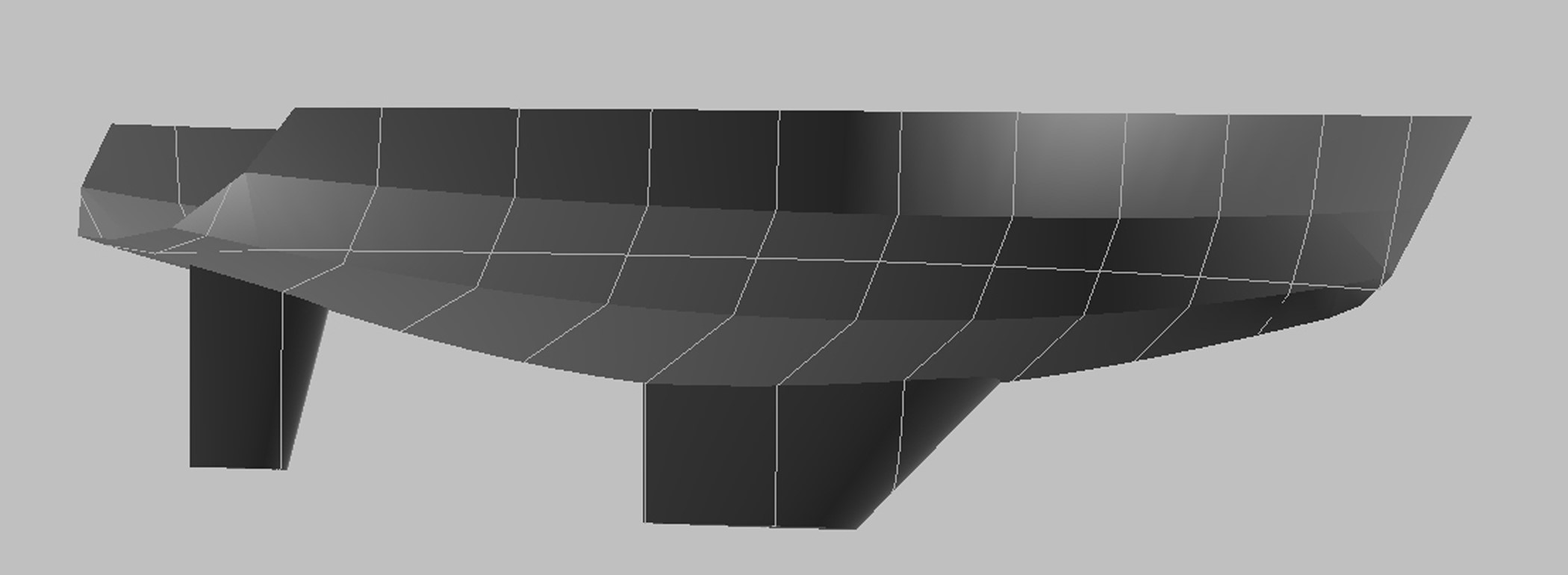
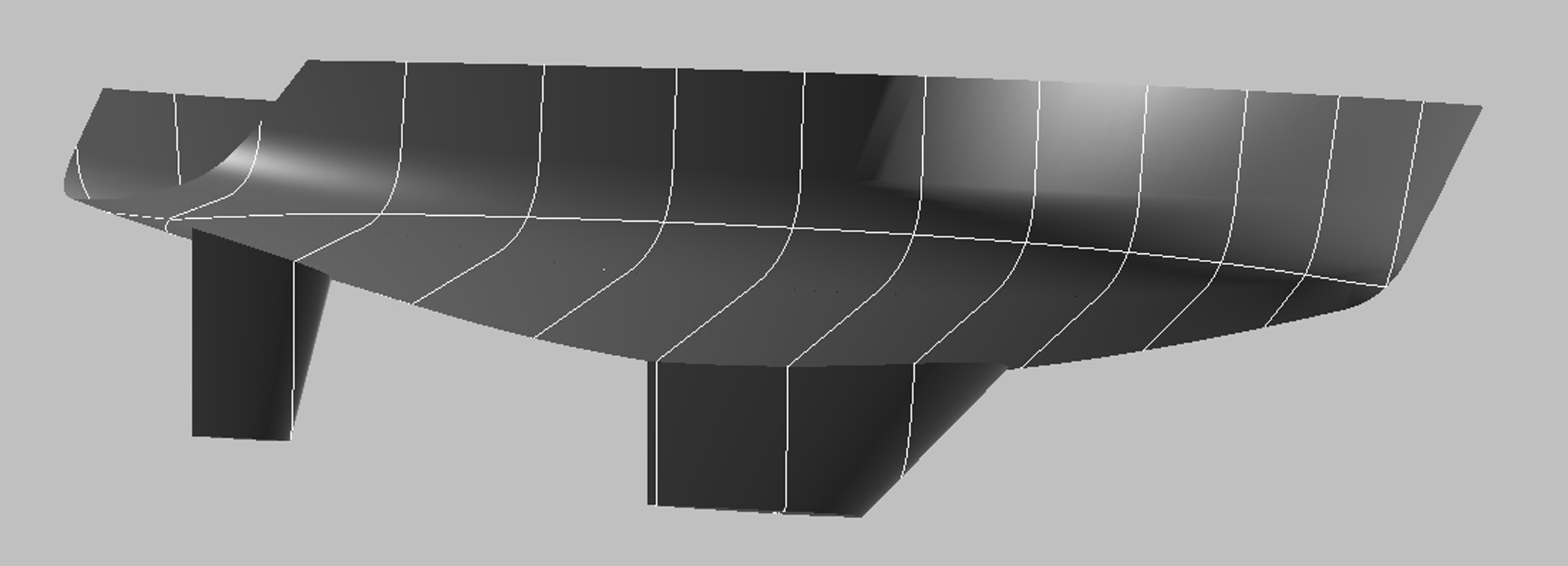
Question Three:
I did the preceding conversion because we cannot just race some Guy's Hard Chine steel hull against some others Guy's True Round Steel boat. That race would be between Apples and Oranges! We need to race Apples and Apples or Oranges and Oranges.
A race between these two boats would assure on a equal playing field.
So, now we have are two steel boats - One Hard Chines and One True Round. Again read 'Regarding Metal Sailboat Performance'! I think you may be surprised at the result of the 'Speed Prediction Software!
All Copyrights Reserved - Metalsailboats.com
2009 - 2024
|
|
|
|
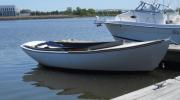
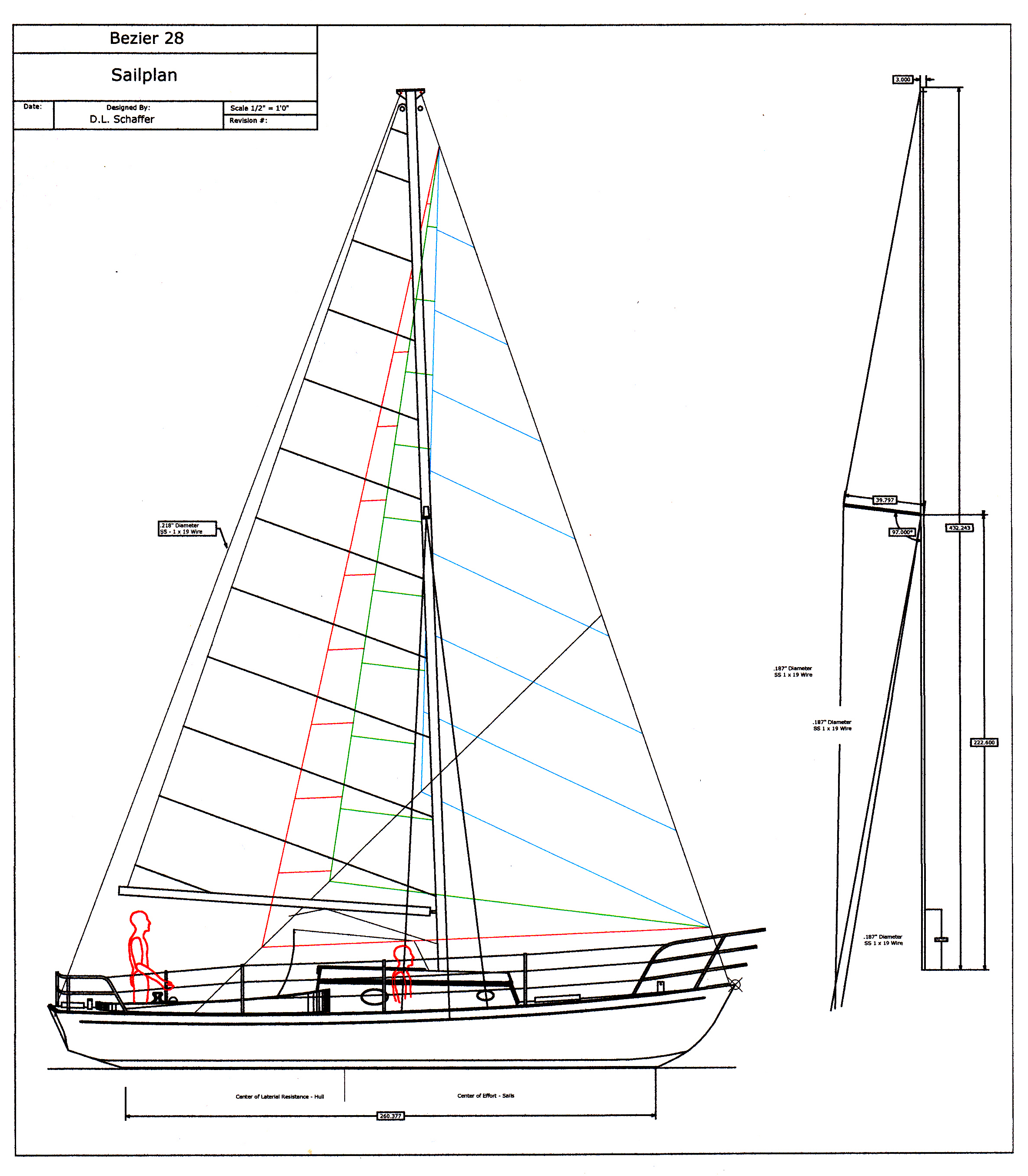
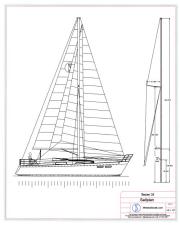
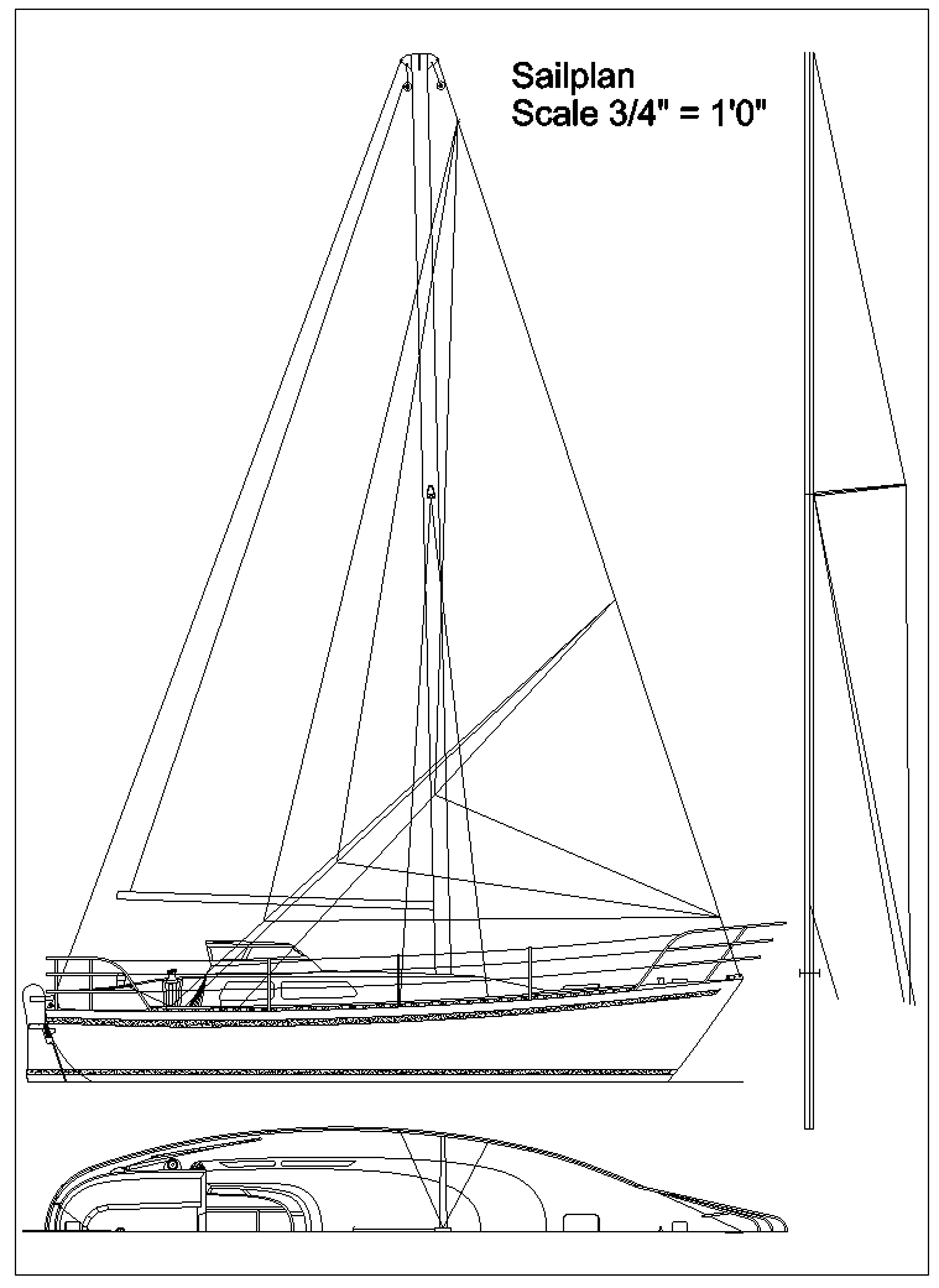 |